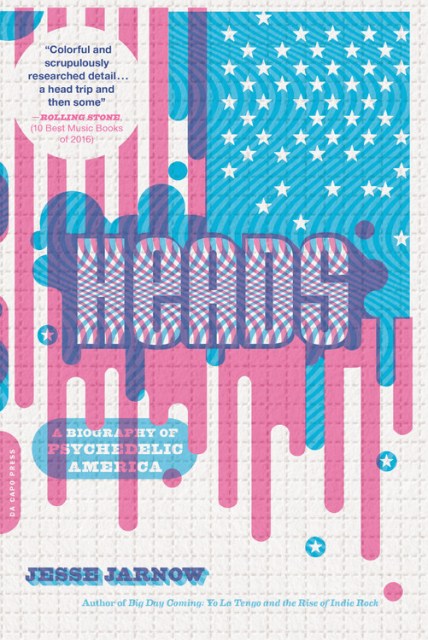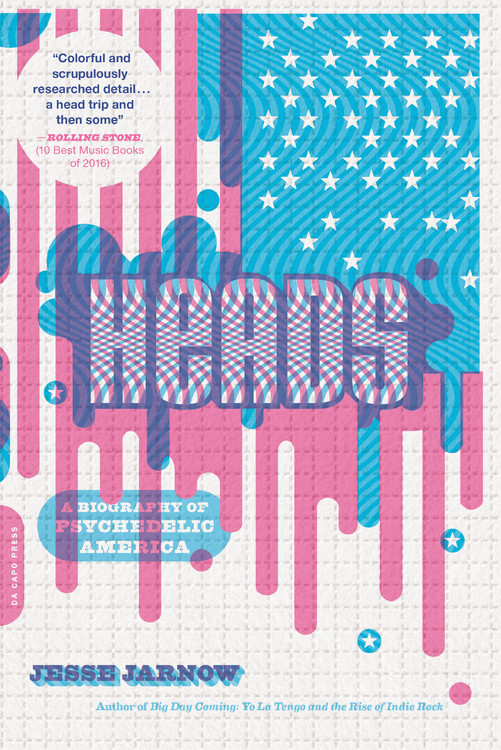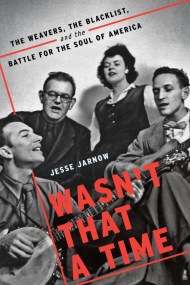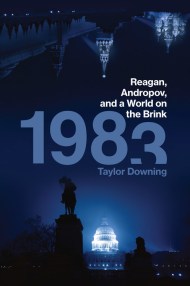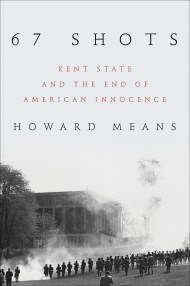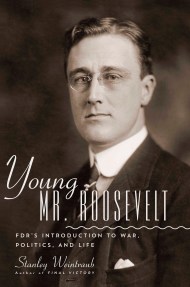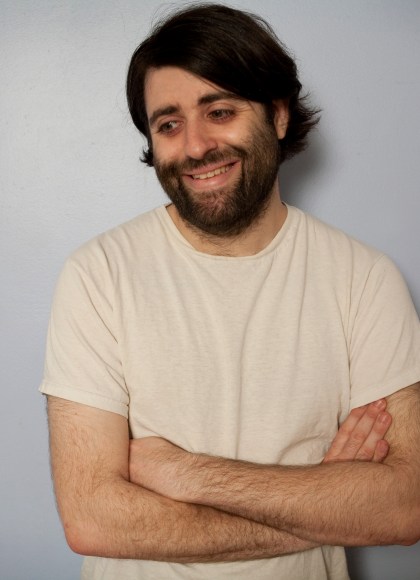Promotion
Use code MOM24 for 20% off site wide + free shipping over $45
Heads
A Biography of Psychedelic America
Contributors
By Jesse Jarnow
Formats and Prices
Price
$21.99Price
$28.99 CADFormat
Format:
- Trade Paperback $21.99 $28.99 CAD
- ebook $14.99 $19.99 CAD
- Audiobook Download (Unabridged) $31.99
This item is a preorder. Your payment method will be charged immediately, and the product is expected to ship on or around September 4, 2018. This date is subject to change due to shipping delays beyond our control.
Also available from:
Heads: A Biography of Psychedelic America uncovers a hidden history of the biggest psychedelic distribution and belief system the world has ever known. Through a collection of fast-paced interlocking narratives, it animates the tale of an alternate America and its wide-eyed citizens: black market chemists, the LSD-slinging graffiti writers of Central Park, the Grateful Dead-loving AI scientists of Stanford, utopian Whole Earth homesteaders, government-wanted Anonymous hackers, rogue explorers, East Village bluegrass pickers, spiritual seekers, Internet pioneers, entrepreneurs, pranksters, pioneering DJs, and a nation of Deadheads.
Drawing on extensive new firsthand accounts from many never-before-interviewed subjects and a wealth of deep archival research, music writer and WFMU DJ Jesse Jarnow takes readers on a panoramic tour of a comic-book-colored American landscape. And with psychedelic research moving into the mainstream for the first time in decades, Heads also recounts the story of the quiet entheogenic revolution that for years has been brewing resiliently in the Dead’s Technicolor shadow.
Featuring over four dozen images, Heads weaves one of the 20th and 21st centuries’ most misunderstood subcultures into the fabric of the nation’s history.
Drawing on extensive new firsthand accounts from many never-before-interviewed subjects and a wealth of deep archival research, music writer and WFMU DJ Jesse Jarnow takes readers on a panoramic tour of a comic-book-colored American landscape. And with psychedelic research moving into the mainstream for the first time in decades, Heads also recounts the story of the quiet entheogenic revolution that for years has been brewing resiliently in the Dead’s Technicolor shadow.
Featuring over four dozen images, Heads weaves one of the 20th and 21st centuries’ most misunderstood subcultures into the fabric of the nation’s history.
Genre:
-
"Music, history, and psychopharmacology blend together in Heads.... Jarnow describes in colorful and scrupulously researched detail how psychedelic music fused with actual psychedelics to create a ceaselessly regenerating 'hip economy' that persists to this day.... It's a head trip and then some."--Rolling Stone, "10 Best Music Books of 2016"
-
"A brilliant study of the transformative impact of LSD on a half-century of US art, music, movies, spirituality, and technology."--Uncut, "Book of the Year," December 2016
-
"If you are a fan of books dealing with the history of salt, timber, or something more exotic like sex, you will delight in Heads, a book about psychedelics.... [A] well-documented spiraling history of how these drugs transformed our present culture."Bookcase TV
-
undefinedAddicted to Noise, "Best of 2016: Top 5 Books"
-
"[Jarnow] is our generation's foremost Grateful Dead chronicler, and something of a cultural ambassador to the punks and indie kids who might not otherwise pay the band any mind."--Spin
-
"Engaging and deeply researched... Generously illustrated with archival photos and artifacts."Ugly Things
- On Sale
- Sep 4, 2018
- Page Count
- 512 pages
- Publisher
- Da Capo Press
- ISBN-13
- 9780306921988
Newsletter Signup
By clicking ‘Sign Up,’ I acknowledge that I have read and agree to Hachette Book Group’s Privacy Policy and Terms of Use
